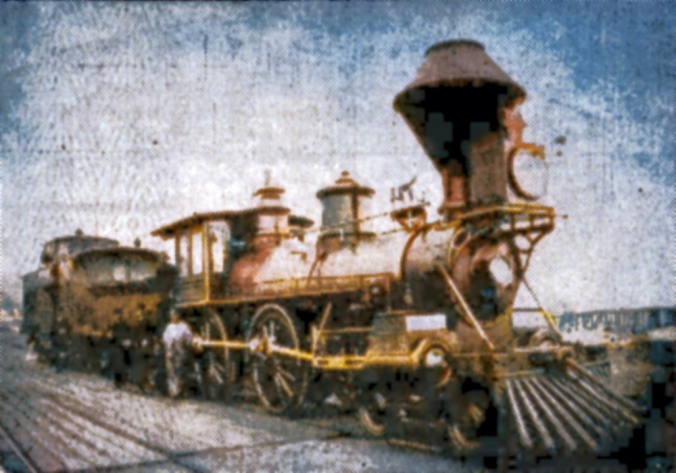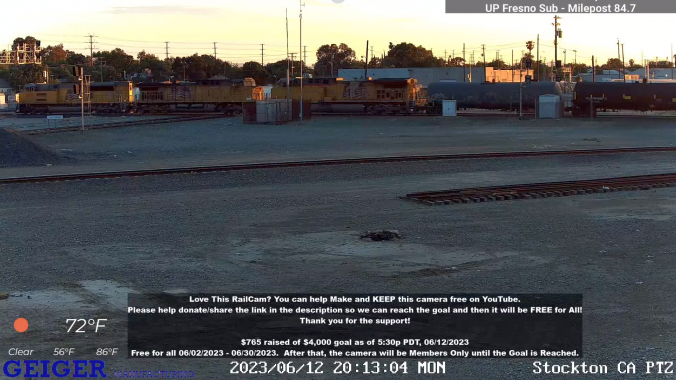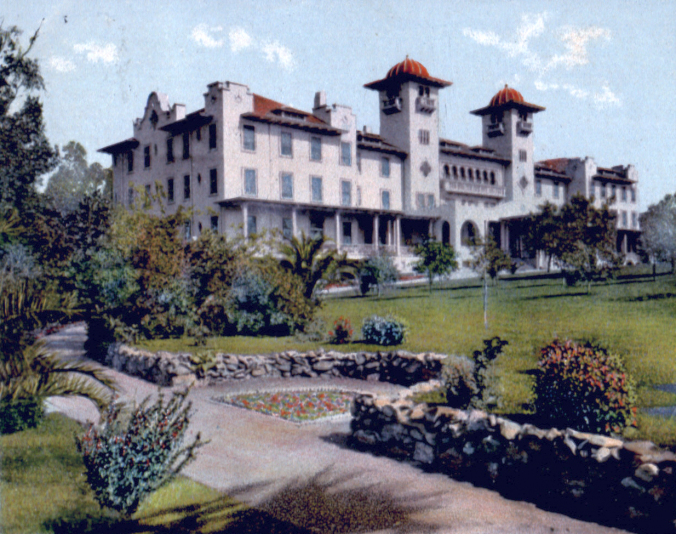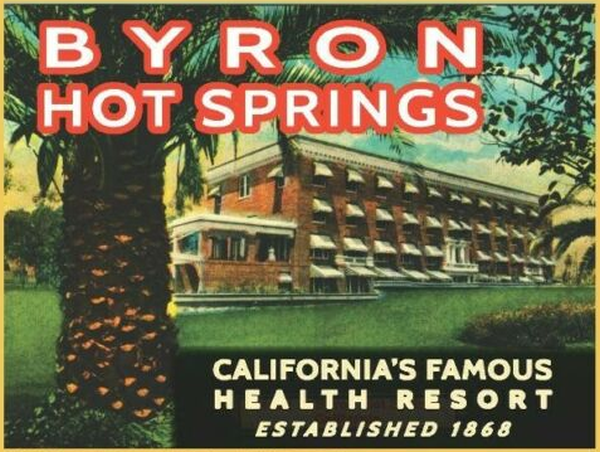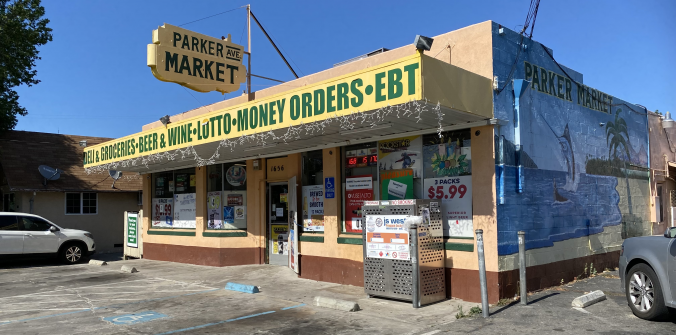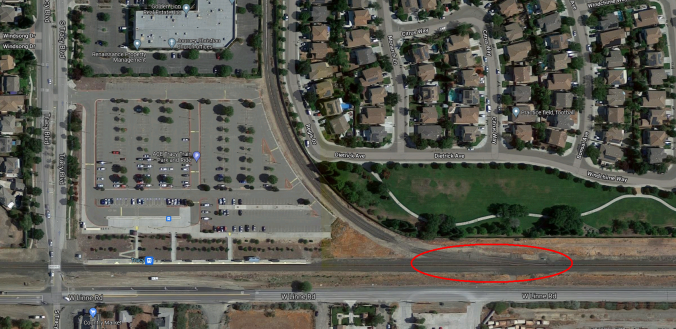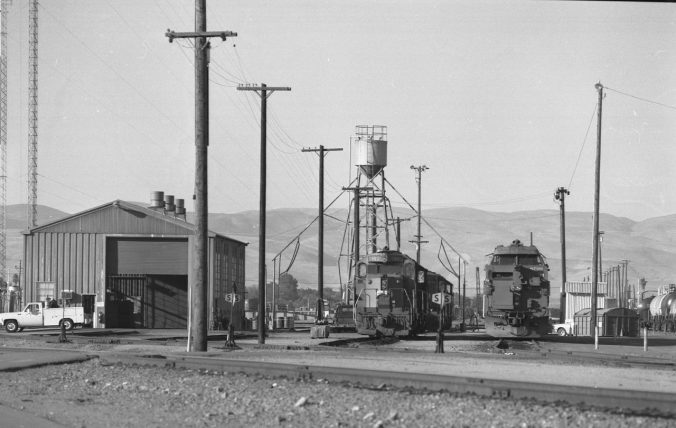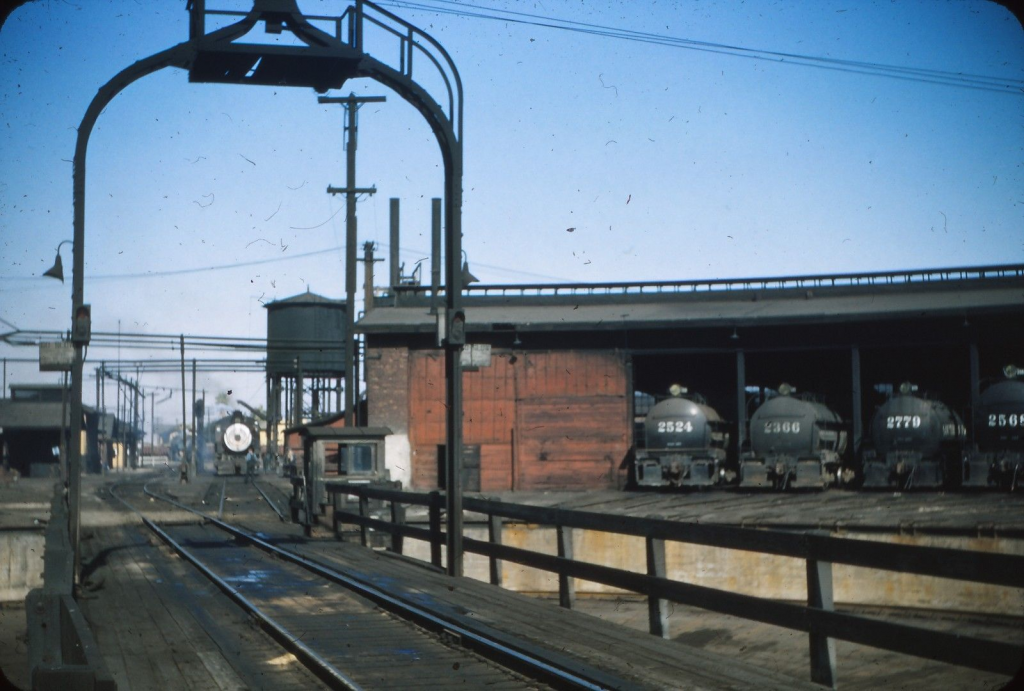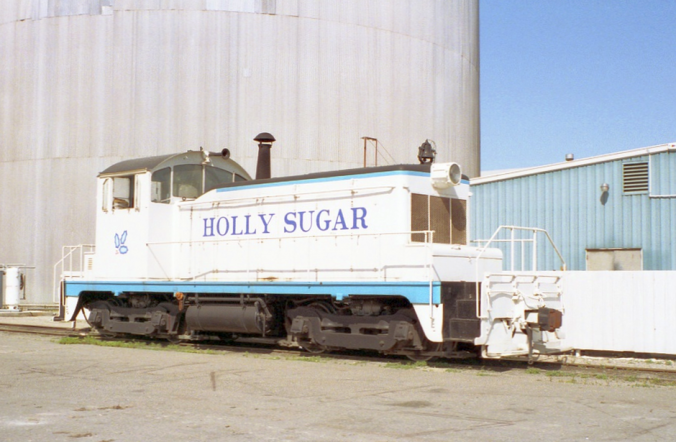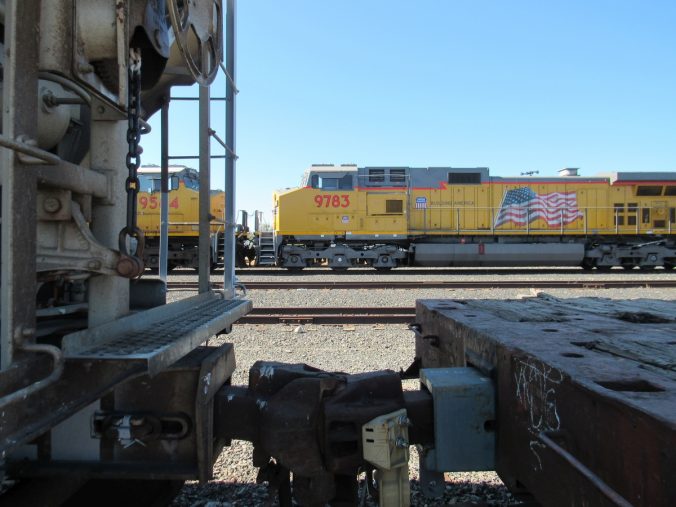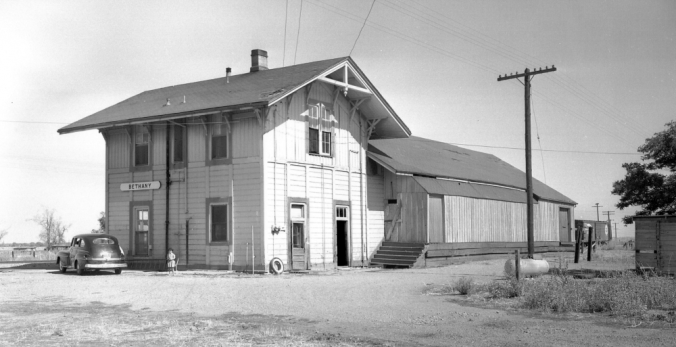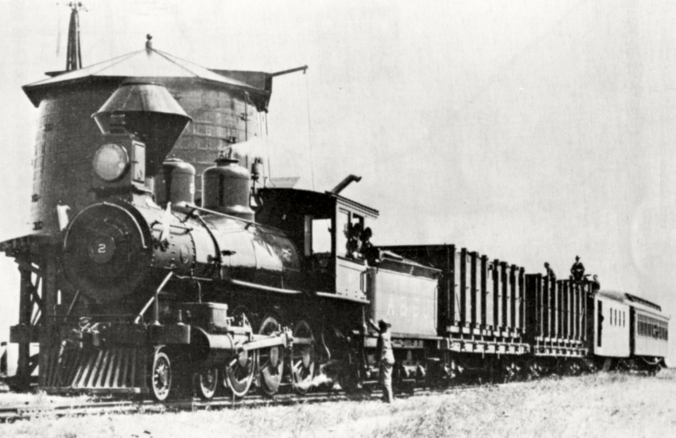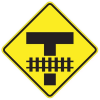From the front page of the September 10, 1944, edition of the Tracy Press:
Skipper Hudson
Laid to Rest
Tuesday
Passes Away Saturday
In Stockton After
Short Illness
Skipper Hudson is dead. The end came early last Saturday morning in a Stockton hospital.
Born in San Francisco in 1859, he lived as an individualist and died the same way, refusing aid from anyone, working for his living until the very end of his life and maintaining the fiery independent spirit after his weary flesh and blood became too weak to carry out the dictates of his mind.
On the evening of March 2 he became ill while sitting in a restaurant. Assisted to his room in the Roberts building by his son, Charles Hudson, and E. C. Wyman, Skipper told his helpers to leave him alone — he would be well and working by morning.
But 85 years had taken their toll. Skipper did not rally. He was taken to a Stockton hospital where he remained only because he did not have the physical strength to get up and leave.
For the past 15 years he had been caretaker of the Roberts building, corner Central and Eighth. He not only looked after the heating plant and the maintenance of the building that houses stores, offices and lodge rooms, but he also kept an eagle eye on the occupants, using fatherly and sometimes stern disciplinary measures whenever the conduct of his charges displeased him.
His parents came from New York. After rounding the Horn, they landed at San Francisco in 1850. As a small boy, Skipper recalled that he took the steamer from San Francisco to Antioch, thence to Banta by overland stage. One uncle, Rufus Saddlemire, had preempted land near the spot of the present highway overpass. Two other uncles had also settled in the vicinity at what is now Tracy.
During these visits Skipper told amazing tales of the hundreds of deer that roamed the high grass on the present site of Tracy. The grass, he said, was as high as a man’s head. He often told how millions of wild ducks and geese blackened out the sun when they rose from the swamps that have since been drained.
He distinctly remembered the building of the old Central Pacific line from Sacramento through Niles in 1868-69. He recalled the hordes of Chinese Coolies who looked like swarms of ants as they pushed the rails down from the Altamont into the valley. The first transcontinental train passed through the site of Tracy in 1869.
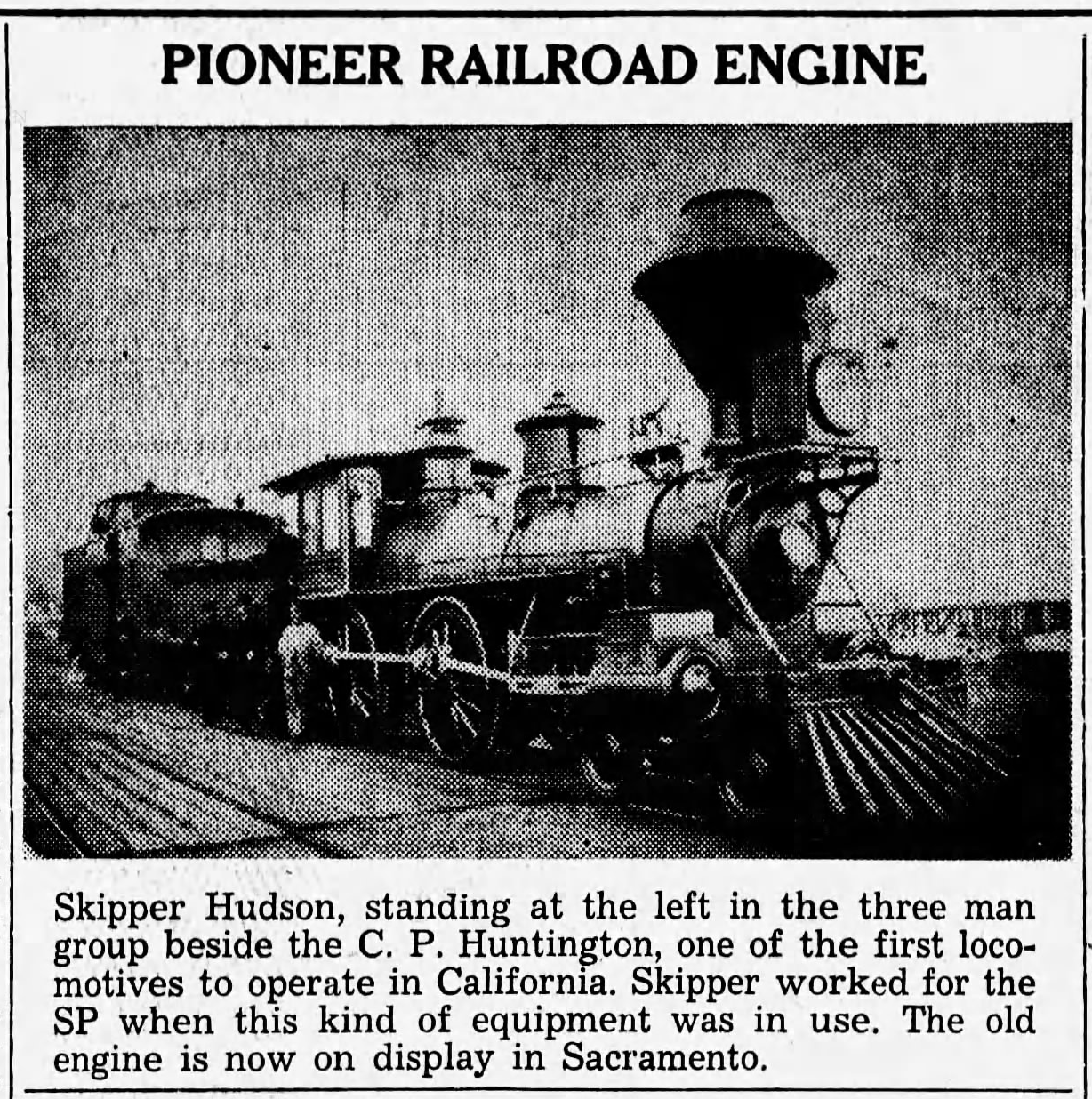
This photo of the venerable C.P. Huntington steam locomotive, now on display at the California State Railroad Museum in Sacramento, accompanied Skipper Hudson’s front-page obituary in the Tracy Press. Mr. Hudson is at left in the undated photo.
After graduating from Heald’s Business College, San Francisco, Skipper took up railroading in preference to prospecting for gold or raising livestock. He helped build the Port Costa line which joined the Niles line in 1878. This event was the reason Tracy was founded in that year. The buildings from Ellis were moved here and the roundhouse was moved here from Lathrop.
For a number of years he was brakeman and conductor between Sacramento and Oakland. At one time, George Gaylord, retired Southern Pacific superintendent, worked as a brakeman under Skipper. In later years, when these two met, old days were recalled with the appropriate language of the times.
After taking Mary Yoos as his bride in 1885, he came to Tracy for his permanent residence. He quit railroading to manage the Ludwig ranch on the present site of the Quartermaster Depot. Later he worked on the Sierra Railroad, on the dredging operations when the islands were reclaimed, and then at the creamery that is now the Dairymaid plant. He became caretaker of the Roberts building in 1929.
His name was Charles Hudson. His father, Charles Hudson, died in 1919, and his mother lived until 1923. A brother, Alfred Hudson, died in 1914.
He leaves a son, Charles (Roxy) Hudson, superintendent of utilities for the City of Tracy; three grandchildren, Mrs. Wadenia Burke, Tracy; Floyd E. Hudson, warrant officer at sea with the US Navy, and Herbert Hudson, ensign in the US Navy, Dallas, Texas. The two grandsons were not able to attend the final rites. He was the great grandfather of Doris Marie Hudson, Dallas, and Nancy Carleen Burke, Tracy.
Friends paid final tribute at funeral services held Tuesday afternoon from DeMark Memorial chapel with Rev. James Otter of the Presbyterian church officiating.
Interment was in Tracy cemetery. Pallbearer were E.C. Wyman, Ray Vogt, M. B. Warren, Warren Shaw, Pat Bone and William Krohn.
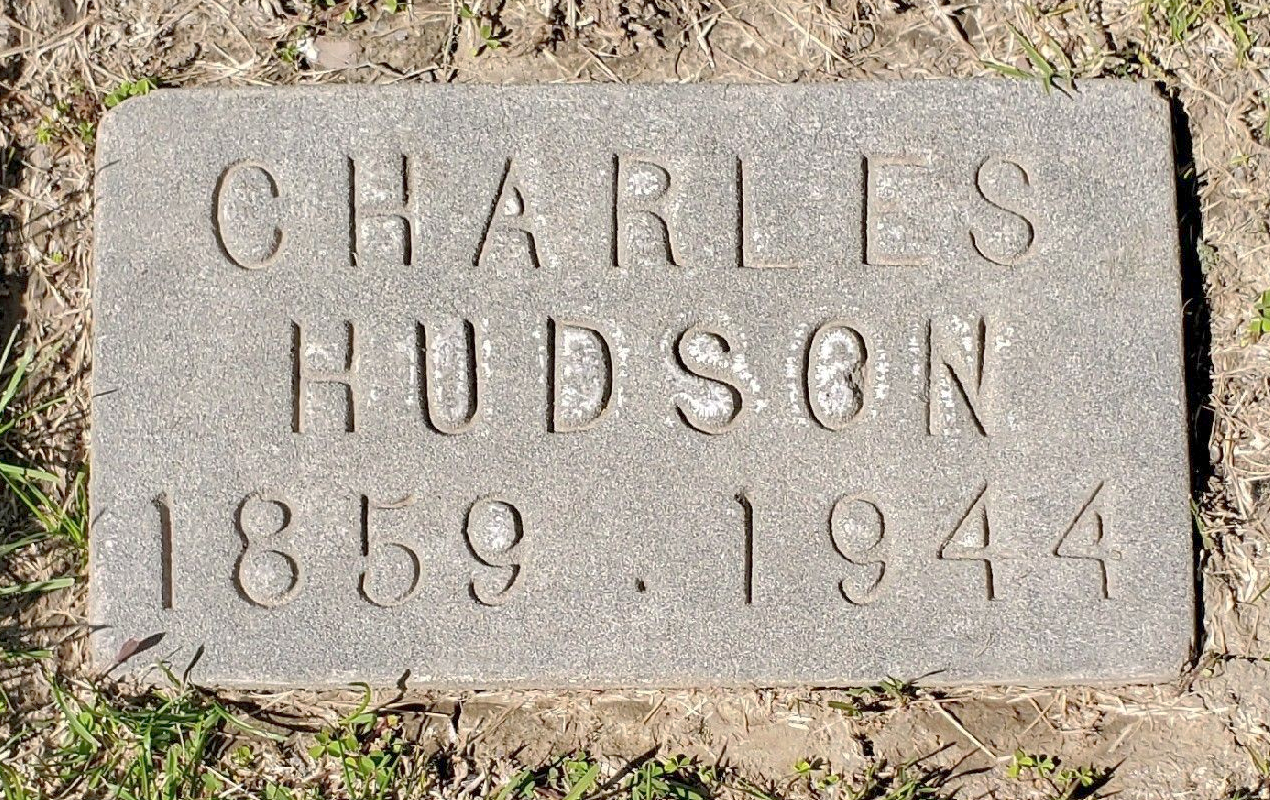
Skipper Hudson’s gravestone at Tracy Public Cemetery.

